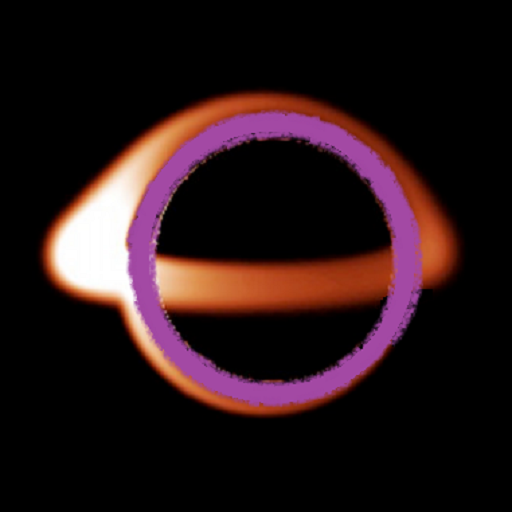If you know the Omniverse, you know the edge of the universe isn’t real. It’s just like any other made up territorial line we humans tend to use to limit our thinking. Those like me question what is real in this universe. Are we really just some matter and a bunch of space? In actuality, we are the singularity that resulted in the Big Bang! We are all one with the universe by our very own nature.
Quantum Information Theory tells us that particles can be entangled with one-another regardless of position or distance. Experiments with quantum entanglement have even been conducted in large scales (1, 2, 3), even in space (4). Entanglement helps explain supermassive black holes and wormholes (5). A new study even predicts how photons could decay into some unknown particles in a state of entanglement, faster than light (6). Does information travel faster than the speed of light? Yes! Einstein discovered this in an attempt to disprove quantum theory, only to strengthen its hold on reality.
Quantum Physics literally changed the way we perceived our surroundings. What we think is matter is full of space. What we think of space is full of matter. Every particle takes all possible paths through the universe – all at once – to get from point A to point B. We are neither here nor there, and not as solid as we feel. Our perception alone governs how we interact with our surroundings. Has our perception ever led us astray? You bet! But we have a self-correcting system now, using technology to increase our awareness. So our picture of the universe keeps getting more accurate (6, 7, 8). Yet, our perception is far from the complete picture!
Given the measurable size of the observable universe and acceleration rates of objects expanding exponentially, we are looking at the universe through a curved system. Gravity, time, and higher dimensions warp our view of space. I compare this to when we discovered our horizon was curved.
Once it was thought the Earth was flat, and if you went to the edge, you never come back. Now we know the Earth is round, but we see the universe basically in just one more dimension than flat Earth. But we know there are as many as 11 dimensions. I found that by projecting 3 space dimensions to 2, like making a map, then projecting onto a curved surface, like a globe, you can demonstrate how the universe expands. As a 2-dimensional projection on a 3-dimensonal object, the universe expands evenly. But from our perspective, this gives the illusion of accelerating rates of expansion in the universe. Thus, the event horizon, or point of no return predicted at the edge of the observable universe, doesn’t even exist. Yes, we keep expanding, but there is not an edge where you can’t come back.
More information of this process is gong to be published in my upcoming book, Grand Slam Theory of the Omniverse: What Happened before the Big Bang. Thank you for reading, and for more news shares and book news, follow Omniverse on fb.
– Change your perception, change your reality!
Photo: Full-sky map from Planck showing matter between Earth and the edge of the observable universe. (Lighter regions have more mass and darker have less.)
Credit: ESA/NASA/JPL-Caltech View full size image
1) http://planetsave.com/2013/07/26/schrodingers-kittens-large-scale-quantum-entanglement-achieved-by-two-physics-labs/
2) http://www.spacedaily.com/reports/What_if_quantum_physics_worked_on_a_macroscopic_level_999.html
3) http://www.extremetech.com/extreme/162289-light-stopped-completely-for-a-minute-inside-a-crystal-the-basis-of-quantum-memory
4) http://www.livescience.com/28553-quantum-entanglement-distance-test.html
5) http://www.npr.org/blogs/13.7/2013/07/29/206652461/black-holes-wormholes-quantum-answers
6) http://www.livescience.com/38533-photons-may-emit-faster-than-light-particles.html
7) http://www.space.com/20330-cosmic-microwave-background-explained-infographic.html
8) http://cerncourier.com/cws/article/cern/53082


